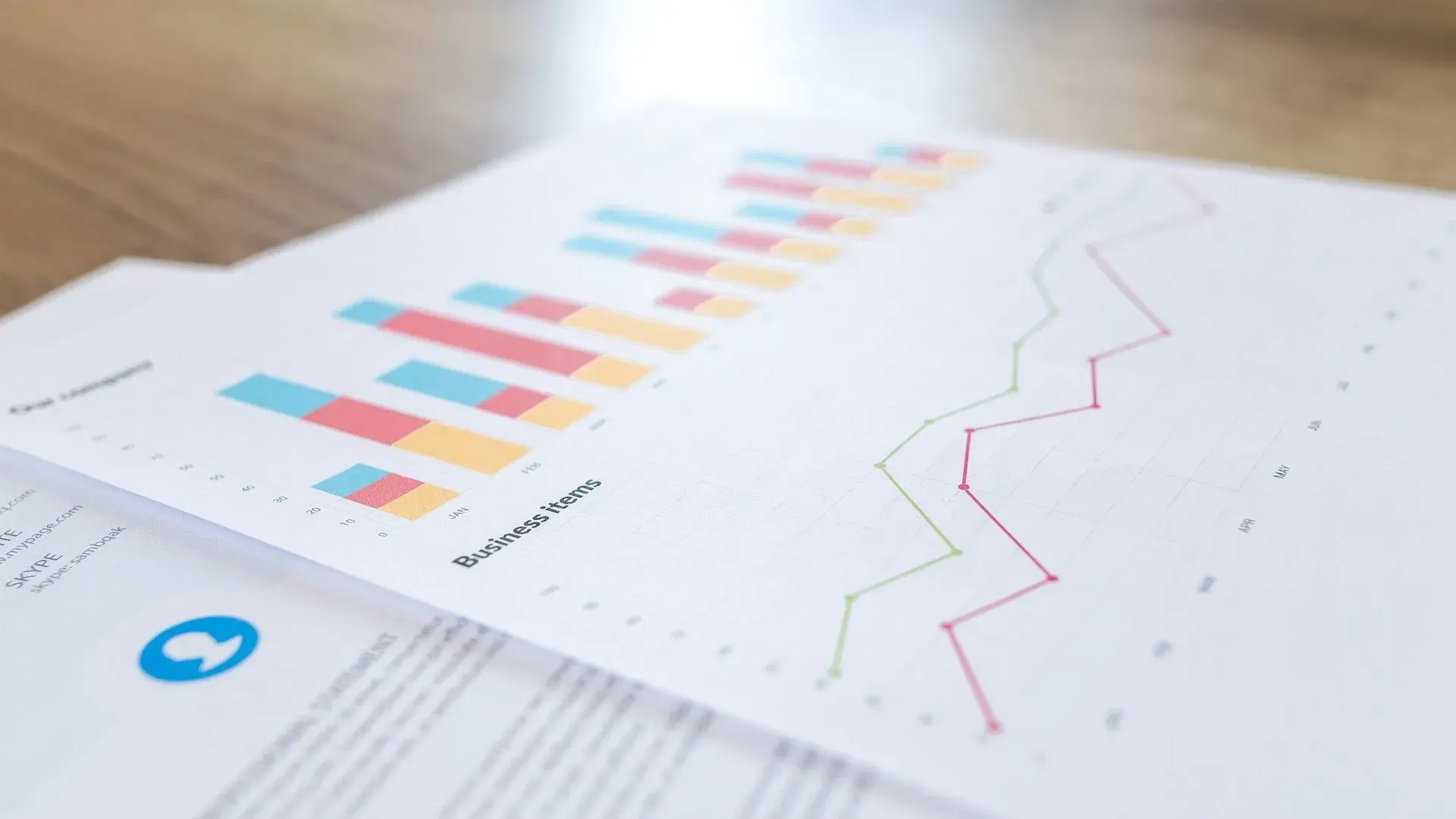The Impact of Tableau on Business Intelligence in the Post-Pandemic Era
The COVID-19 pandemic has fundamentally changed the way businesses operate, pushing organizations to adopt more data-driven approaches as they navigate new challenges and opportunities. In this post-pandemic era, the role of business intelligence (BI) has become more critical than ever, helping companies to analyze, adapt, and innovate in rapidly evolving markets.
At the forefront of modern BI tools is Tableau, a powerful platform that enables businesses to visualize and interact with their data more effectively. In this article, we’ll explore how Tableau has impacted business intelligence in the post-pandemic era, helping organizations become more resilient, agile, and data-driven.
1. Accelerating Data-Driven Decision Making
The pandemic underscored the need for quick, informed decision-making as businesses faced unprecedented disruptions. From supply chain issues to remote work, companies had to adjust their operations rapidly. Tableau’s intuitive dashboards and real-time data visualizations have empowered organizations to accelerate their decision-making processes.
In the post-pandemic landscape, businesses continue to rely on Tableau to:
- Monitor real-time data: Whether tracking customer behavior, inventory levels, or market trends, Tableau dashboards provide real-time insights that help businesses stay ahead of changes.
- Respond to emerging challenges: Organizations can use Tableau to quickly analyze data, identify potential risks, and make proactive adjustments, enhancing their ability to react to disruptions.
- Drive data-driven culture: The pandemic has accelerated the adoption of data-driven cultures, with Tableau at the center of enabling employees at all levels to make informed decisions based on clear, actionable insights.
2. Supporting Remote and Hybrid Work Models
The pandemic has shifted how people work, with many organizations transitioning to remote or hybrid work environments. Tableau has played a pivotal role in enabling remote access to business intelligence by providing cloud-based dashboards that can be accessed from anywhere.
This shift has had several key impacts:
- Collaboration: Tableau dashboards have allowed distributed teams to collaborate on data analysis and share insights, improving coordination and decision-making, even in remote settings.
- Data democratization: With Tableau, organizations can make data easily accessible to all employees, not just data scientists or IT teams. This democratization has empowered teams to explore data independently, fostering a culture of self-service analytics.
- Real-time monitoring: Teams working remotely can monitor key performance indicators (KPIs) and business metrics in real-time, ensuring that they remain aligned with company goals despite physical distances.
3. Enabling Agile Business Strategies
The post-pandemic business environment is characterized by uncertainty, requiring companies to be more agile in their strategies. Tableau’s ability to quickly adapt dashboards and visualize new data sources has been crucial for helping organizations remain flexible and responsive to changing circumstances.
For instance, companies have used Tableau to:
- Analyze shifting consumer behaviors: The pandemic caused dramatic shifts in customer preferences and behaviors. Tableau enables businesses to analyze and predict these changes quickly, allowing them to pivot their strategies to meet new demands.
- Forecast demand and supply chain disruptions: Tableau’s data modeling and forecasting tools allow businesses to anticipate changes in supply and demand, helping them optimize inventory, logistics, and resource allocation.
- Track performance across departments: With Tableau’s custom dashboards, organizations can track various operational and financial metrics, enabling leadership teams to monitor the health of the business and make informed, agile decisions.
4. Enhancing Customer Insights and Personalization
In the post-pandemic era, customer behavior has become more dynamic, with increasing shifts toward digital platforms, e-commerce, and personalized experiences. Customer insights have never been more important, and Tableau helps businesses leverage their data to gain a deep understanding of customer preferences, habits, and pain points.
With Tableau’s capabilities, businesses can:
- Segment and analyze customer data: Tableau allows companies to break down customer data by demographics, behavior, or purchase patterns, enabling more targeted marketing and personalized customer experiences.
- Track digital transformation: As businesses moved online during the pandemic, Tableau provided tools to track digital engagement, e-commerce trends, and digital marketing performance, ensuring organizations could adapt to the digital-first world.
- Improve customer retention: By analyzing customer satisfaction data, feedback, and engagement metrics, businesses can use Tableau dashboards to identify opportunities to enhance customer experiences and increase retention rates.
5. Supporting Supply Chain Optimization
Supply chain disruptions were a major challenge during the pandemic, and even in the post-pandemic period, organizations must remain vigilant in managing their supply chains effectively. Tableau’s ability to consolidate and visualize supply chain data has proven essential in this area.
Using Tableau, businesses can:
- Monitor supply chain performance in real time: From inventory levels to shipping times, Tableau allows businesses to track every aspect of their supply chain and identify potential issues before they escalate.
- Forecast supply and demand fluctuations: By leveraging historical and real-time data, businesses can use Tableau to forecast demand, ensuring they maintain optimal inventory levels and avoid stockouts or overstocking.
- Optimize logistics and distribution: Tableau helps organizations analyze logistics data, pinpoint inefficiencies, and optimize distribution strategies to reduce costs and improve delivery times.
6. Improving Health and Safety Tracking
One of the more direct impacts of the pandemic has been the increased emphasis on health and safety within the workplace. Organizations have needed reliable data to track employee health, monitor the spread of the virus, and ensure compliance with government regulations.
Tableau has played a key role in:
- Tracking employee health data: Companies can use Tableau to track employee health statuses, vaccination rates, and safety protocols, ensuring a safe working environment.
- Visualizing COVID-19 trends: Tableau dashboards have been widely used to visualize local and global COVID-19 data, helping organizations assess risk and make informed decisions regarding office closures, remote work, and travel policies.
- Ensuring compliance with safety regulations: Tableau allows companies to stay compliant with health regulations by tracking and reporting on key safety metrics, such as facility sanitization schedules, PPE availability, and social distancing protocols.
7. Fostering Innovation Through Data Exploration
The pandemic has forced many businesses to innovate rapidly, either by developing new products and services or by transforming their operational models. Tableau has empowered organizations to explore their data more creatively, uncovering insights that fuel innovation.
Through Tableau’s data visualization tools, companies can:
- Identify new market opportunities: By analyzing market trends, customer feedback, and competitive data, businesses can identify emerging opportunities and areas for innovation.
- Test new strategies: Tableau allows companies to experiment with new business strategies and models by tracking relevant KPIs and performance metrics. This enables organizations to iterate quickly and find what works best.
- Encourage data-driven innovation: Tableau’s user-friendly interface and powerful visualizations make it easier for employees at all levels to explore data and contribute to innovation, whether through product development, process improvement, or customer experience optimization.
8. Leveraging Predictive Analytics for Future Planning
The pandemic highlighted the importance of predictive analytics in preparing for the future. Tableau’s advanced analytics capabilities have enabled organizations to not only understand past performance but also predict future trends and prepare for potential disruptions.
Businesses are leveraging Tableau’s predictive analytics tools to:
- Forecast future sales and revenue: Tableau’s forecasting models allow businesses to predict sales trends based on historical data, helping them plan for future growth or potential downturns.
- Anticipate operational challenges: By analyzing past data, companies can predict future operational bottlenecks or supply chain disruptions and take proactive measures to address them.
- Plan for long-term resilience: In the post-pandemic era, resilience is key to survival. Tableau helps businesses build robust contingency plans by providing a clear view of potential risks and opportunities.
9. Adapting to Changing Regulatory Environments
As governments around the world implemented new regulations in response to the pandemic, businesses had to stay agile in adapting to these changes. Tableau dashboards have helped organizations monitor and comply with evolving regulations by providing real-time insights into compliance metrics.
Tableau’s impact on compliance includes:
- Tracking regulatory changes: Tableau dashboards allow organizations to monitor changes in regulations and ensure they remain compliant with local and global requirements.
- Streamlining reporting: With Tableau, businesses can automate the reporting of compliance-related data, saving time and reducing the risk of human error.
- Ensuring transparency: Tableau’s visualizations provide clear, transparent insights into compliance efforts, making it easier for organizations to demonstrate adherence to regulations and standards.
In the post-pandemic era, business intelligence has become more crucial than ever as organizations navigate a complex and rapidly changing environment. Tableau has had a profound impact on the BI landscape, helping businesses make faster, data-driven decisions, stay agile, and foster innovation.
As organizations continue to adapt to new challenges, Tableau will remain a vital tool for driving resilience, efficiency, and growth in the post-pandemic world.
At Arctic Analytx, we specialize in helping businesses unlock the full potential of Tableau to transform their business intelligence capabilities. Reach out to us to discover how Tableau can help your organization thrive in the new era of business.



